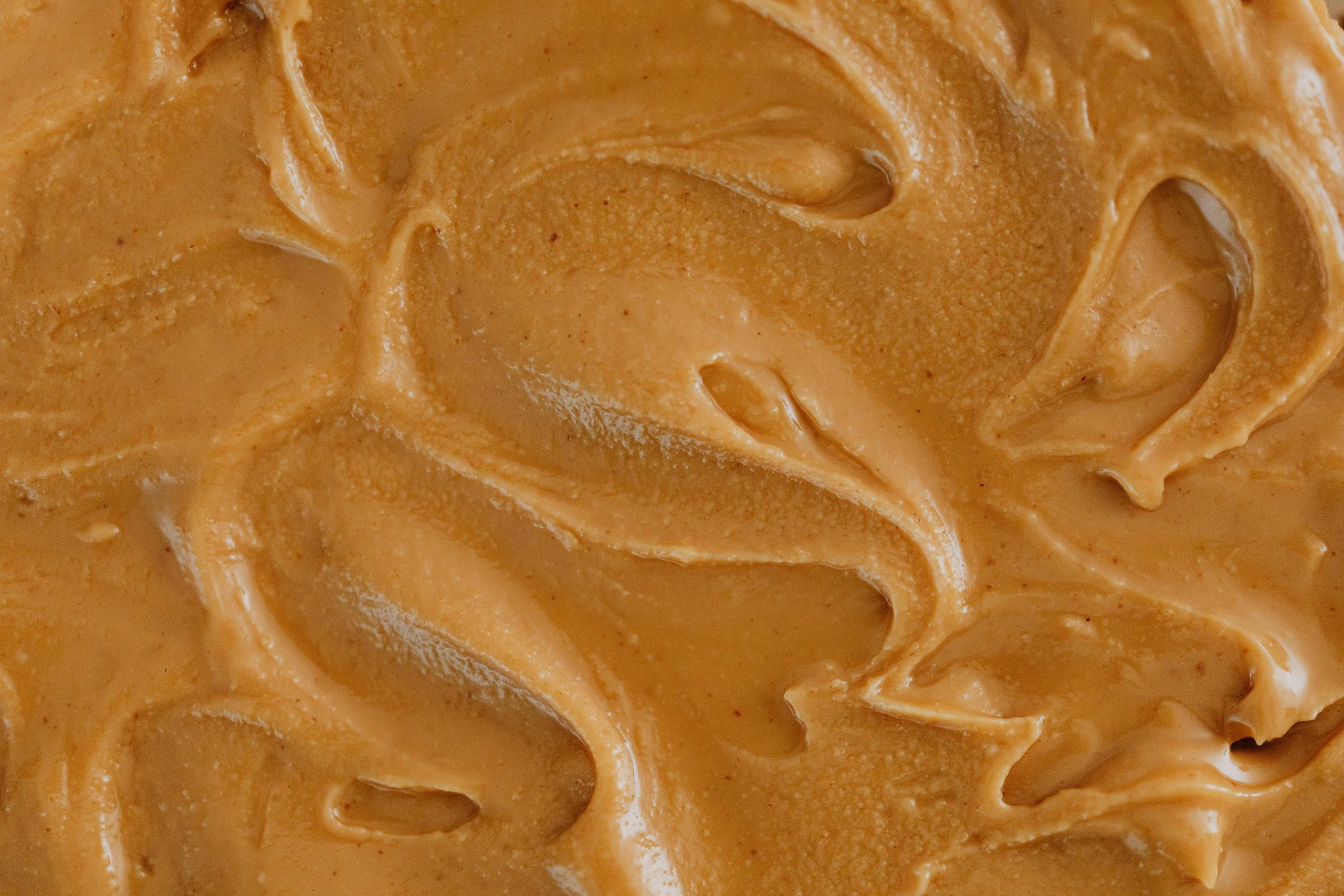3D-Printed Vegan Steaks: Layered Proteins for Meat-Like Texture
Are you tired of sacrificing the taste and texture of meat for a plant-based diet? As the demand for vegan options continues to rise, innovators in the food industry are constantly seeking new ways to recreate the savory experience of eating meat without harming animals or the environment. And the latest trend to hit the market is 3D-printed vegan steaks, layered with proteins to mimic the texture and taste of real meat.
The Power of Plant-Based Proteins
Protein is an essential nutrient for our bodies, playing a crucial role in building and repairing tissues and supporting our immune system. When it comes to a vegan diet, there’s a common misconception that plant-based foods lack sufficient protein. However, with the right combination of ingredients, vegans can fulfill their daily protein requirements without consuming any animal products.
One of the most popular sources of protein for vegans is soy, which has a similar protein content to meat. But with growing concerns over the impact of soy cultivation on deforestation and monoculture, alternative plant-based proteins are gaining more attention.
The Rise of 3D Printing Technology
In recent years, food tech companies have been experimenting with 3D printing technology to create meat alternatives that closely resemble the look, texture, and taste of real meat. This innovative technique involves using a 3D printer to layer plant-based proteins, fats, and other ingredients to replicate the structure of meat.
And with the growing popularity of veganism and the demand for sustainable food options, 3D-printed plant-based meats are expected to become a game-changer in the food industry. Not only do they provide a more environmentally-friendly and ethical option, but they also offer a new level of customization and versatility in food production.
The Science behind 3D-Printed Vegan Steaks
So, how exactly are these meat-like plant-based steaks made? The secret lies in the layer-by-layer printing technique. The base of the steak is typically made from pea protein, with a mix of other ingredients such as rice, coconut oil, and seasonings to add flavor and texture.
The printing process involves extruding thin layers of the protein paste onto a heated plate, which solidifies the layers. This creates a fibrous structure similar to meat, allowing for a juicier and more realistic texture. The end result is a plant-based steak that looks, feels, and tastes like the real thing.
The Benefits of 3D-Printed Vegan Steaks
1. Ethical and Sustainable
With concerns over the welfare of animals and the environmental impacts of the meat industry, 3D-printed vegan steaks provide a more sustainable and ethical food option. They are made from plant-based proteins that require less water, land, and resources compared to animal agriculture. Plus, they eliminate the need for animals to be raised, slaughtered, and processed for their meat.
2. Customizable and Nutritious
One of the main challenges of creating plant-based meat alternatives is replicating the taste and texture of real meat. But with 3D printing technology, food companies can customize the ingredients and layering process to create different types of plant-based meats with varying levels of proteins, fats, and nutrients.
3. Versatile for Various Diets
3D-printed vegan steaks are not only suitable for vegans and vegetarians but also cater to other dietary restrictions. They are gluten-free, dairy-free, and can be made without any genetically modified organisms (GMOs) or allergens, making them a versatile option for individuals with different dietary needs.
The Future of 3D-Printed Vegan Steaks
While the concept of 3D-printed vegan steaks is still relatively new, it’s quickly gaining traction among consumers and experts in the food industry. Major companies such as Beyond Meat and Redefine Meat have already entered the market, with plans to expand their plant-based meat options and improve their production processes.
The potential for 3D printed vegan steaks goes beyond just creating a meat-like alternative. With advancements in technology, the possibilities for other plant-based products and ingredients are endless. This could lead to a future where we can print customizable whole meals to fit individual dietary needs and preferences.
Conclusion
As plant-based diets continue to gain popularity and the demand for sustainable food options grows, 3D-printed vegan steaks offer an exciting and promising solution. With their ability to mimic the look, texture, and taste of meat and customizable options, they have the potential to revolutionize the food industry and provide a more ethical and sustainable alternative to traditional meat.
So, the next time you’re craving a steak, consider trying a 3D-printed plant-based version and delight in the taste and texture without any guilt. After all, it’s not just good for you, but for animals and the planet too.











